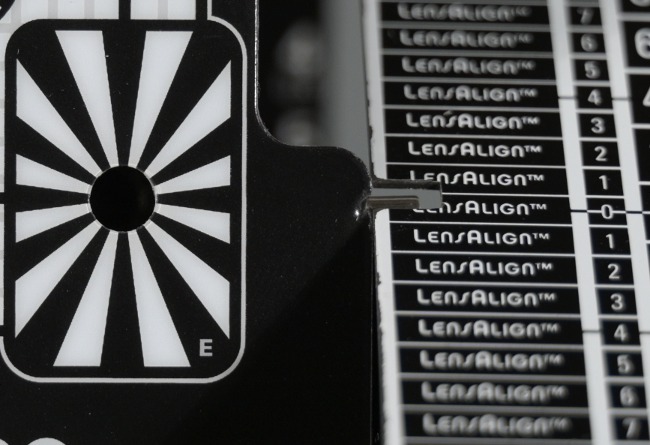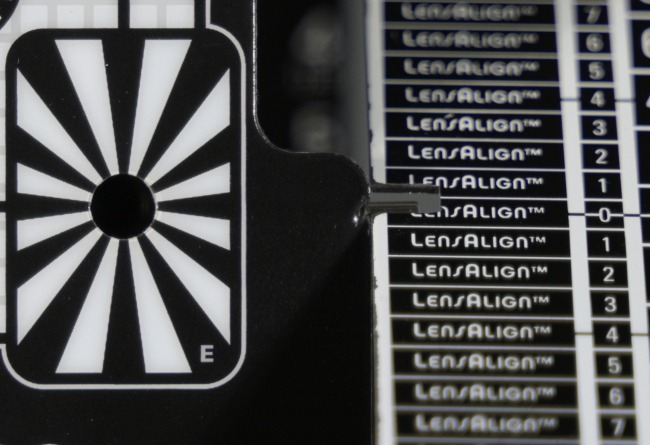Nikon Nikkor Z 28-75 mm f/2.8
10. Autofocus and focus breathing
Autofocus
The autofocus of the tested lens joined with the Nikon Z7 camera is noiseless and flash quick. Running through the whole distance range and confirming the focus takes about 0.4 of a second and doesn't depend strongly on the focal length you employ. It is an excellent result.It's clear that this lens with journalistic parameters has been given an autofocus that can perform very well in different situations, Nikon took proper care of that. As a result we don't have the slightest reservations when it comes to the focusing mechanism; it performed very well both outside and in our testing studio.
What's more, photos below show clearly that the tested lens didn't have any problems with front or back focus.
Please Support UsIf you enjoy our reviews and articles, and you want us to continue our work please, support our website by donating through PayPal. The funds are going to be used for paying our editorial team, renting servers, and equipping our testing studio; only that way we will be able to continue providing you interesting content for free. |
- - - - - - - - - - - - - - - - - - - - - - - - - - - - - - - - - - - - - - - - - - - - - - - -
| Nikon Z7, 45 mm, f/2.8 |
 |
| Nikon Z7, 75 mm, f/2.8 |
 |
Focus breathing
Focus breathing tests show reframing images as you oversharp them. We conduct the test by manually passing from the minimum focusing distance to infinity with the aperture stopped down; then we check how the field of view of the lens changed as a result.After conducting a number of tests now we think we are also able to determine some reference points. A frame change ranging from 0 to 5% we consider to be low. Between 5 and 10% you can speak about medium levels. Usually such values constitute also the maximum efficiency level of any breathing compensation algorithms, present in some bodies. Between 10 and 15% focus breathing is high, above 15% its level can be called very high.
The test video of the Nikkor lens is presented below:






